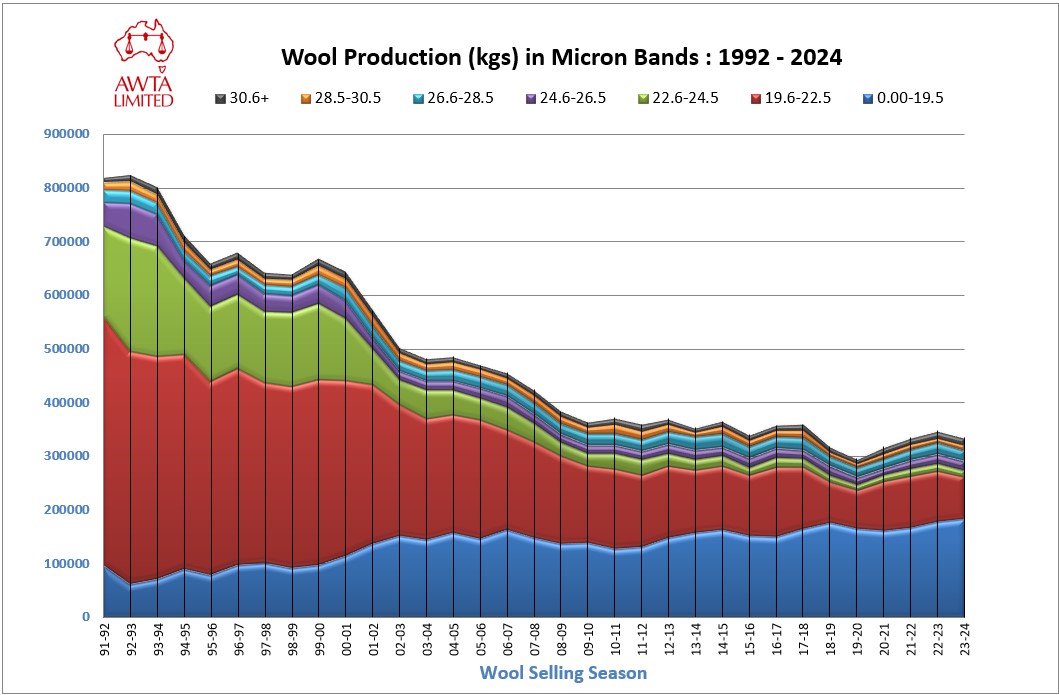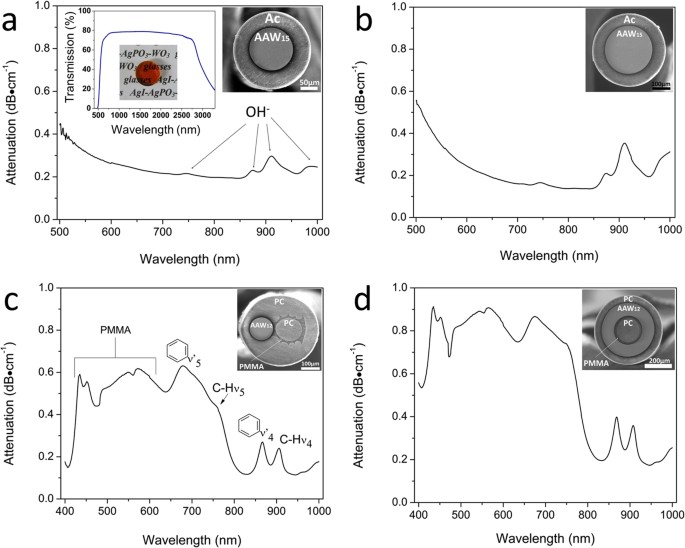Cutting-Edge Technology for Optical Fibre Diameter Analyser Precision
Cutting-Edge Technology for Optical Fibre Diameter Analyser Precision
Blog Article
Optimize Your Fibre Optic Performance: Understanding Optical Fibre Size Analyser Technology
The efficiency of fiber optic systems is seriously influenced by the accuracy of their diameter, an aspect often forgot in the quest of optimal signal stability. Comprehending the innovation behind optical fibre diameter analysers reveals the detailed balance between dimension precision and manufacturing high quality.
Importance of Optical Fibre Size
The diameter of optical fibre plays an essential function in figuring out the efficiency and performance of interaction systems. On the other hand, smaller sizes often tend to sustain less settings, which can boost signal quality and minimize crosstalk.

Moreover, understanding the diameter's implications can lead to set you back savings by minimizing the demand for signal amplification and repeaters in comprehensive networks (optical fibre diameter analyser). Finally, the relevance of optical fiber diameter can not be overemphasized, as it straight affects the overall efficiency and integrity of modern-day communication systems

How Diameter Impacts Signal Quality
Signal high quality in optical fibre systems pivots considerably on the size of the fibre. A smaller sized diameter can lead to greater attenuation rates, resulting in signal loss as light travels through the fiber.
Conversely, larger diameters usually enable improved light capture and reduced modal dispersion, improving signal quality. In multimode fibres, a bigger core size can support multiple light modes, yet it may likewise present intermodal dispersion, which can break down signal quality. Picking the ideal fibre diameter is crucial for accomplishing the desired performance in particular applications.
Additionally, the interaction in between the fibre diameter and the wavelength of the light utilized plays a vital function in establishing the efficient transmission distance and general signal honesty. Comprehending just how fibre size influences signal top quality is necessary for network developers and engineers striving to enhance optical fibre systems for trustworthy, high-speed information transmission.
Review of Size Analyser Modern Technology
In numerous optical fiber production procedures, accurate dimension of fiber diameter is crucial for making certain consistent performance and high quality (optical fibre diameter analyser). Diameter analysers are innovative instruments made to analyze the physical measurements of optical fibers with high precision. They utilize sophisticated optical and laser modern technologies to determine the size, ovality, and concentricity of the fiber, therefore supplying crucial information for quality assurance
These analysers can operate in-line during the manufacturing process or as component of off-line testing methods. In-line systems enable real-time monitoring, permitting suppliers to readjust criteria quickly, therefore keeping optimum manufacturing conditions. Off-line analysers, on the various other hand, give detailed analyses of batches, making sure that any kind of discrepancies from specified tolerances are recognized and addressed.
Size analysers significantly add to the reduction of flaws in optical fibers, improving general item dependability. By constantly gauging vital specifications, these innovations promote compliance with market standards and specs. As the need for high-performance optical fibers proceeds to rise, the function of diameter analysers ends up being significantly crucial in accomplishing the desired top quality and efficiency standards in fibre optic systems.
Trick Attributes of Fibre Size Analysers
Although different models of fibre size analysers exist, they generally share a number of essential attributes that boost their performance and reliability. Among one of the most substantial attributes is high-resolution dimension capabilities, which make sure specific diameter analyses, vital for preserving quality assurance in fiber manufacturing. Additionally, numerous analysers integrate advanced optical sensors created to detect minute variants in fibre size, thus supplying important data for process optimization.
One more vital feature is real-time surveillance, permitting drivers to obtain immediate responses on fiber diameter throughout the production procedure (optical fibre diameter analyser). This capacity promotes rapid changes and minimizes the likelihood of defects. Numerous analysers also come outfitted with straightforward interfaces, enabling drivers to quickly navigate via data and settings results
Furthermore, robust information storage this article space and analysis functionalities are necessary for tracking historical performance trends and making certain conformity with market requirements. Some models also use connection options for assimilation right into existing manufacturing control systems, boosting general operational efficiency. Last but not least, small and portable designs allow for flexible deployment within production atmospheres, ensuring that quality control procedures are seamless and efficient. These attributes jointly add to the effectiveness of fiber size analysers in optimizing fibre optic performance.
Ideal Practices for Fibre Optimization

First, routine calibration of optical fibre diameter analysers is necessary. This makes sure accurate measurements and lessens potential discrepancies that might impact efficiency. Next, keeping a tidy working environment is essential; dust and pollutants can bring about signal deterioration.
Additionally, it is essential to pick fibers that satisfy details application needs. This entails reviewing variables such as depletion, transmission capacity, and environmental problems. Proper setup techniques must likewise be followed, consisting of staying clear of sharp bends and extreme stress, which can endanger fibre stability.
Furthermore, employing advanced tracking systems can promote real-time efficiency analyses, enabling prompt identification of issues. Routine screening and maintenance ought to be conducted to ensure that fibres continue to be within optimum operational criteria.
Lastly, training workers on the most recent fiber optimization modern technologies and approaches will improve their capability to implement reliable click reference strategies. By following these ideal techniques, organizations can substantially enhance the performance and life-span of their optical fibre systems, guaranteeing reliable communication and information transfer.
Conclusion
In verdict, the combination of optical fibre size analyser technology is vital for taking full advantage of fiber optic efficiency. By making certain specific measurements of fiber dimensions, these analysers substantially enhance signal high quality and minimize losses during information transmission.
Signal high quality in optical fiber systems pivots considerably on the these details diameter of the fiber.In many optical fiber manufacturing procedures, precise measurement of fibre diameter is important for making certain consistent performance and top quality. As the need for high-performance optical fibers continues to increase, the role of diameter analysers comes to be increasingly important in attaining the preferred quality and efficiency criteria in fiber optic systems.
These features collectively add to the efficiency of fibre diameter analysers in maximizing fibre optic efficiency.
In verdict, the combination of optical fibre diameter analyser technology is crucial for optimizing fibre optic efficiency.
Report this page